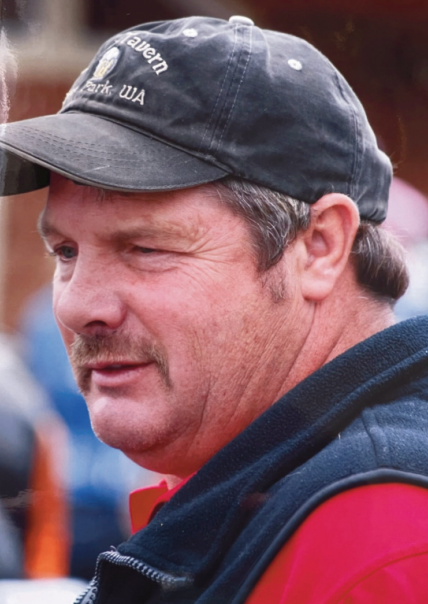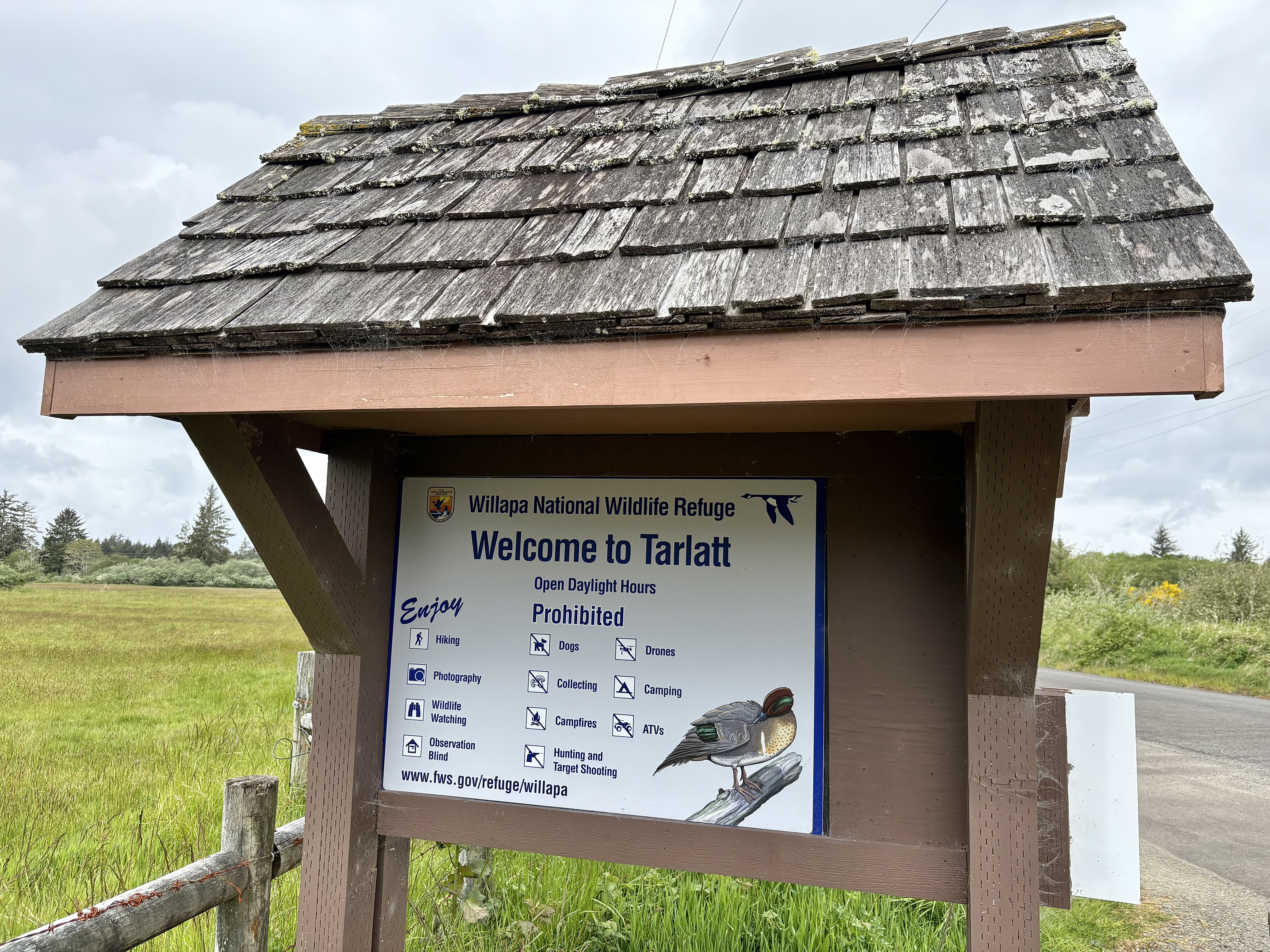Birdwatching: Birds of the Peninsula’s north end
Published 11:04 am Tuesday, May 29, 2018

- Anna's are attracted to fuchsia plants for food and sustenance. As they forage in the blossoms they are also helping with pollination.
Recently I moved to be on Willapa Bay, and to my delight the birding there is spectacular. The forest, the wetlands, the bay and its mudflats all offer a wonderful birding experience.
Trending
Leadbetter State Park is on the bay, as is the Leadbetter Unit of the Willapa National Wildlife Refuge. There are wonderful trails that go through both the state park and the refuge. The sounds and sights of nature are incredible at the north end of the Peninsula, especially now, as the spring and summer bird residents prepare to build homes in which to raise a family.
Of late, the loudest call is the “hic three beers” of the olive-sided flycatcher. It loves to sit at the top of a tree singing its heart out. Lucky is the mate that finds this male. He will warn other olive-sided flycatchers that this territory is taken! The olive-sided flycatcher sits proudly with its olive vest and white chest at the top of a tree where it awaits any flying insect that passes by. Like most flycatchers, it will fly off and snatch insects out of the air.
Hummingbirds abound at the Peninsula’s north end. Anna’s make an appearance all year. Put up a hummingbird feeder and/or plant fuchsia bushes and you will see. Another hummer, but slightly smaller than the Anna’s is the rufous hummingbird. Both of these hummingbirds nest here, but only the Anna’s is a permanent resident. The rufous is true to its name whether male or female. Each sports rufous sides.
Trending
The weekend bird treat was the appearance of the western tanager. It is a summer resident and will nest here. The brilliant yellow, black wings and flaming orange-red head of the male tanager is a sight to behold. The female builds the nest somewhere in the open canopy, and takes four or five days for her to complete the task. During the breeding season Western tanagers forage mainly for insects of all kinds, but they will also eat fruit, especially during the seasons when insects may be scarce.
A visit to the north end of the peninsula is highly recommended. Nesting birds are busy gathering nesting materials and males are singing loudly and constantly. So, grab your binoculars and come on up to the North end. You won’t regret it!









